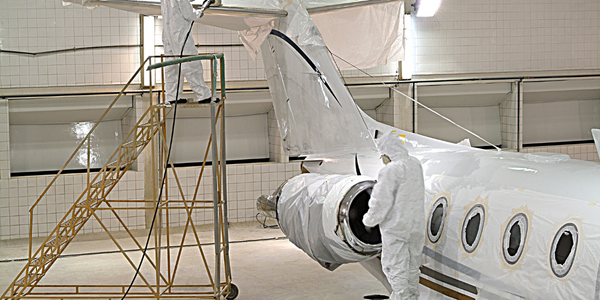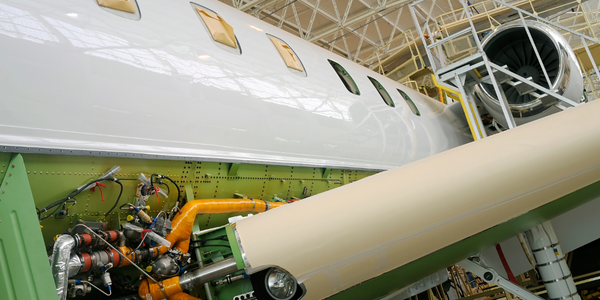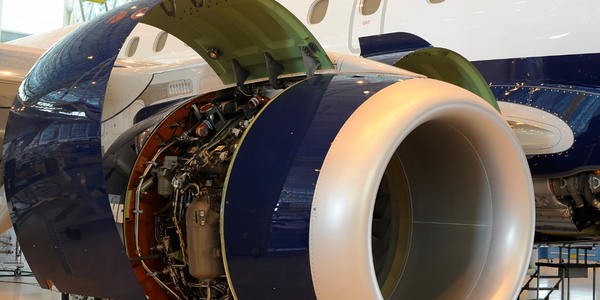公司规模
Large Corporate
产品
- Gensuite’s Med Care
实施规模
- Enterprise-wide Deployment
影响指标
- Cost Savings
- Customer Satisfaction
- Productivity Improvements
技术
- 功能应用 - 远程监控系统
适用行业
- 航天
- 电信
适用功能
- 离散制造
- 人力资源
用例
- 占用率监控
- 人员跟踪与监控
服务
- 系统集成
关于客户
The customer is a company in the Aerospace & Defense Communication Technology industry. It is a large organization with over 25,000 employees and a company size of $7.4 billion (USD). The company has a global presence with offices in eight countries. As the company continues to grow, it faces challenges in maintaining organizational alignment and managing its system architecture. The company has on-site medical clinics and is looking for a solution to integrate its occupational health and safety management processes.
挑战
As the organization grew, it faced the challenge of needing a more adaptable system architecture for organizational alignment. The existing system design was complicated and maintenance costs were high due to unused features or lack of capabilities to meet the organization's needs. The company was experiencing issues with siloed departmental functions, particularly for medical and EHS professionals with on-site medical clinics. This lack of collaboration made it difficult for departments to coordinate efforts, creating blind spots and making compliance challenging. The organization needed to standardize and automate key processes for occupational health, on-site medical clinic recordkeeping, and safety management. Without centralized metric tracking, processes were being duplicated and the company could not implement a formal program to reduce workers’ compensation costs.
解决方案
The company implemented Gensuite’s Med Care solution, the first integrated and scalable occupational health and safety management solution. This solution allowed the company to align EHS and Medical processes, functions, and performance to organizational goals. Med Care enabled the company to restructure its Medical into EHS and align processes and procedures for both departments, including medical surveillance, industrial hygiene oversight, employee injury and near miss reporting, and clinic visit management. The Med Care solution enabled the company to begin tracking costs associated with incidents and medical treatment, including impending worker’s compensation costs. The solution also facilitated the tracking of new metrics, such as incident severity and employee touch time to establish new conservative care standards.
运营影响
数量效益

Case Study missing?
Start adding your own!
Register with your work email and create a new case study profile for your business.
相关案例.

Case Study
Airbus Soars with Wearable Technology
Building an Airbus aircraft involves complex manufacturing processes consisting of thousands of moving parts. Speed and accuracy are critical to business and competitive advantage. Improvements in both would have high impact on Airbus’ bottom line. Airbus wanted to help operators reduce the complexity of assembling cabin seats and decrease the time required to complete this task.

Case Study
Aircraft Predictive Maintenance and Workflow Optimization
First, aircraft manufacturer have trouble monitoring the health of aircraft systems with health prognostics and deliver predictive maintenance insights. Second, aircraft manufacturer wants a solution that can provide an in-context advisory and align job assignments to match technician experience and expertise.

Case Study
Aerospace & Defense Case Study Airbus
For the development of its new wide-body aircraft, Airbus needed to ensure quality and consistency across all internal and external stakeholders. Airbus had many challenges including a very aggressive development schedule and the need to ramp up production quickly to satisfy their delivery commitments. The lack of communication extended design time and introduced errors that drove up costs.

Case Study
Accelerate Production for Spirit AeroSystems
The manufacture and assembly of massive fuselage assemblies and other large structures generates a river of data. In fact, the bill of materials for a single fuselage alone can be millions of rows of data. In-house production processes and testing, as well as other manufacturers and customers created data flows that overwhelmed previous processes and information systems. Spirit’s customer base had grown substantially since their 2005 divestiture from Boeing, resulting in a $41 billion backlog of orders to fill. To address this backlog, meet increased customer demands and minimize additional capital investment, the company needed a way to improve throughput in the existing operational footprint. Spirit had a requirement from customers to increase fuselage production by 30%. To accomplish this goal, Spirit needed real-time information on its value chain and workflow. However, the two terabytes of data being pulled from their SAP ECC was unmanageable and overloaded their business warehouse. It had become time-consuming and difficult to pull aggregate data, disaggregate it for the needed information and then reassemble to create a report. During the 6-8 hours it took to build a report, another work shift (they run three per day) would have already taken place, thus the report content was out-of-date before it was ever delivered. As a result, supervisors often had to rely on manual efforts to provide charts, reports and analysis.

Case Study
Developing Smart Tools for the Airbus Factory
Manufacturing and assembly of aircraft, which involves tens of thousands of steps that must be followed by the operators, and a single mistake in the process could cost hundreds of thousands of dollars to fix, makes the room for error very small.








